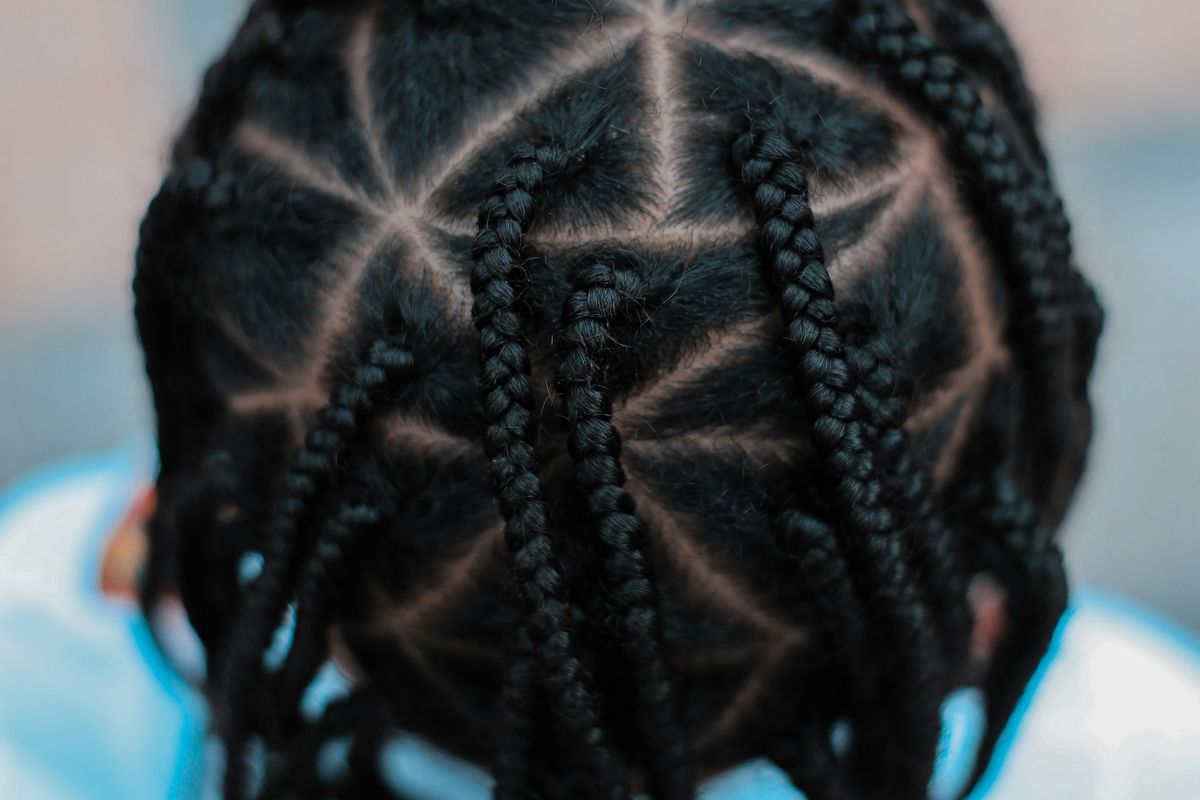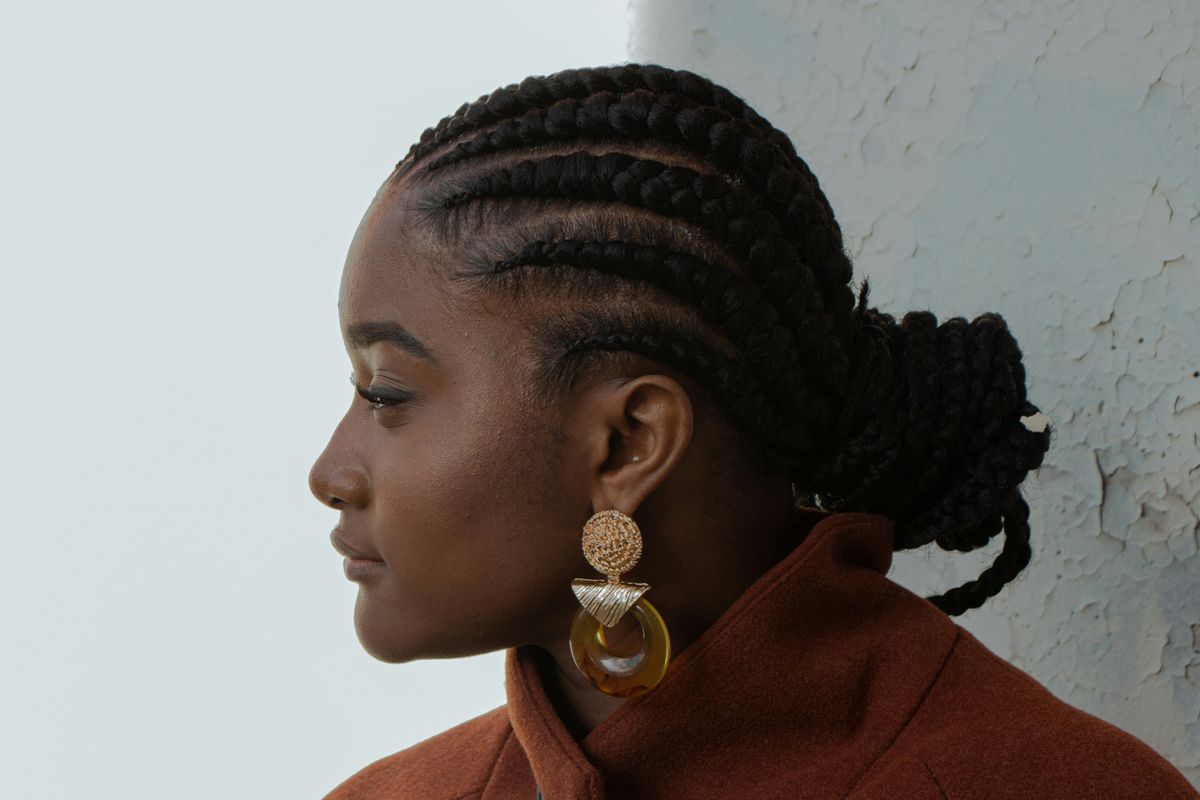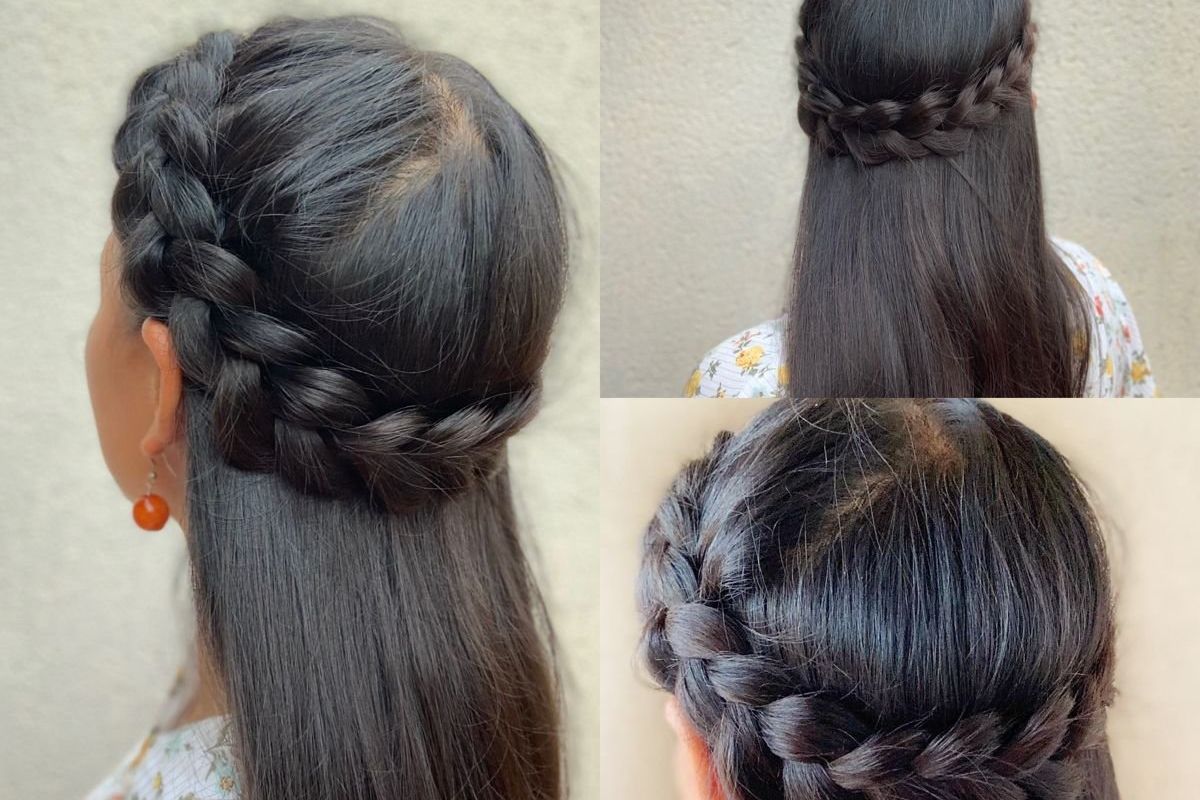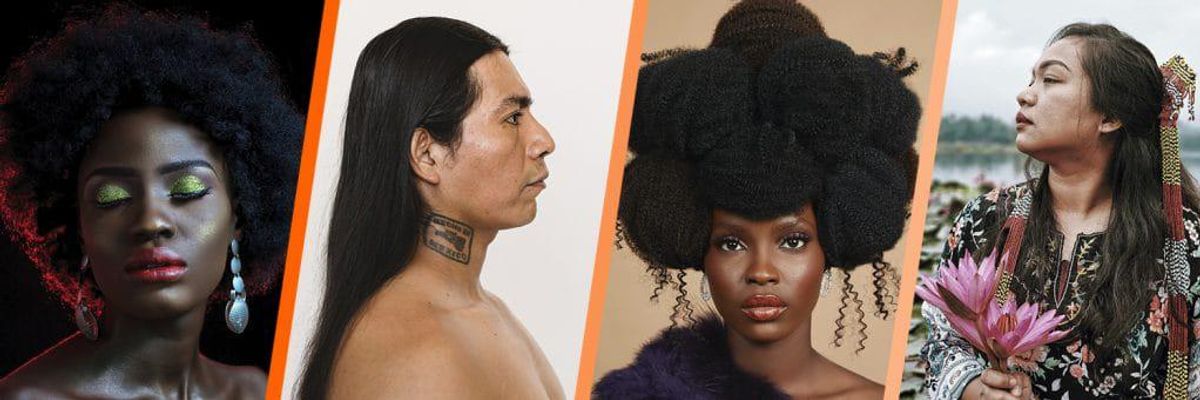In The Community
Hair Braids in Latino Culture: History or Appropriation?
Hairstyles have always been about more than just aesthetics. They’re a symbol of ethnicity, religion, social status, resistance, and more. Through them, ethnic and cultural groups have been able to reclaim their identities in the past and the present. Hair braids are one of those empowering hairstyles that have stood the test of time.
The art of hair braids isn’t specific to one culture or people because it has existed everywhere in many forms, including Ancient America. Mummies hundreds or thousands of years old have been found wearing braids, such as the Pre-Columbian Mummy “Juanita” of Peru.
Like so many other Latino cultural topics, it’s deeply nuanced.
The History of Hair Braids in Latin America
Andean cultures, like the Incas in Peru and Chile, also have a long history of hair braiding. Indigenous communities like the Quechua and Aymara are also known for their hair braids, which often communicate a person’s identity, connection to ancestors, strength, and vitality. Braids are even used to celebrate or mark life events and milestones.
Within Latino culture, this hairstyle has also been shaped by African people and their hair-braiding art. Because of the transatlantic slave trade, African culture merged with Latino hair-braiding traditions. Enslaved Africans brought their techniques and heritage, which spread because they used their hair as a means of communication.
For example, in 16th-century Colombia, intricate braids represented coded messages to spread information about the slaves’ surroundings, escape routes, and the locations of Spanish troops. African slaves also used braids to carry seeds, grains, and small trinkets. When they escaped, these belongings helped them survive and build communities wherever they went. To this day, hair braiding is a central part of the Afro-Colombian identity.
This is just some of the history of hair braiding in Latin America to give an idea of how ingrained it is into the culture. The integration of African and European ethnic groups has resulted in a wide range of hair textures, from straight to tightly coiled curls. Braiding has been a long-standing practice of hair care, but also of connection to our ancestors and roots.
Is It Cultural Appropriation to Wear Hair Braids?
This is a question most often asked by and for white people, but it’s also something Latinas ask themselves, especially those who are racially white or have lighter skin and can be white-passing. This has a lot to do with the fact that hair braids are primarily associated with Black culture, and they are indeed a central part of Black expression.
However, it’s also true that hair braiding is an integral part of Latino culture and has been for centuries. So, to determine whether wearing braids is appropriation, we have to consider the definition. Cultural appropriation consists of taking something from a culture that’s not your own and engaging with it in an exploitative or disrespectful way.
In the Latino and Afro-Latino communities, hair braiding shouldn’t be classified as cultural appropriation because it’s part of the heritage. It’s a practice that has been passed down through generations as a form of expression, hair care, and cultural pride. In the context of white people, the question is a bit more difficult to answer because it depends on the intention of the wearer and the type of braid as well.
For example, French braids, fishtail braids, and 3-strand braids are usually appropriate for everyone. They don’t hold the same cultural significance for Black or Latino people as box braids, braids with ribbons, beaded braids, side braids, crown braids, and many others, which are steeped in history and tradition.
When it comes to intention, wearing braids as a form of appreciation or a way of connecting to other cultures can be acceptable. For example, people who travel to the Caribbean often come back with braided hair because locals share this part of their culture. It’s also a way for them to make a living, so tourists directly contribute to their livelihoods.
Permanently adopting hair braids, especially the more traditional and culturally significant styles, might be cultural appropriation. Not having a connection to the symbolism and identity that certain styles represent, but wearing them anyway may be disrespectful. It may also be exploitative if there’s something to gain from adopting these hairstyles without regard for or acknowledgment of the communities they belong to.
Hair Braids as a Symbol of Latino Pride
Ultimately, wearing hair braids as Latinas is a great way to honor ancestors and traditions. There’s no rule for Latinas when it comes to wearing most styles of braids. It’s a matter of identifying the reason why they are being worn and how that relates to their identity, community, sense of self, and their politics.
Even if the decision is made not to wear hair braids, learning about them and sharing the knowledge can help bring the community closer together. A big part of bonding with one another is finding connections through sharing the different aspects of our culture, even if we don’t always partake in them.
Recognizing where hair braids come from and their influences, whether they’re African or Indigenous, is an effective way to help create awareness about our diverse experiences and relate more closely to the Latino community. Especially when that community is often overlooked and intentionally kept out of important historical narratives.
A hairstyle is not a random collection of knots, braids, and cuts. Hair isn’t just fiber growing from your scalp. It has a deep connection to the personality, sense of belonging, and stylistic expression of Black and Indigenous people. It’s also proof of their resistance, their endurance, and singularity. Indigenous people perceive it as a reflection of their knowledge, culture, and pride. It’s their personality shown through those fibers. Other people see it as an extension of themselves, a way to communicate who they are or experiment with their expression.
In the 15th century in West Africa, men and women used it to identify themselves as a part of a specific tribe. In some cases, the more elaborate the hairdo, the higher your place in the hierarchy. It gave them a sense of belonging and pride in who they were. Oiling, brushing, and braiding, was so crucial that anyone who didn’t nurture and make themselves intricate updos were deemed not emotionally stable.
Then slavery came. Black people were violently removed from their countries and white people wanted to remove any trace of their origin, which meant shaving heads to remove the possibility of tracing back to their roots. They used their hair to store food, like rice, to help them survive the atrocious environment they were forced into. Then hair evolved to be used as a form of communication.
They used their talent at braiding to create designs detailing the roads they walked so people could have guidance or pinpointed places where they could be free of bondage. They were using what they knew to get their liberty back.
After Black people regained freedom, much of the racist practices remained. That’s why in the 60s Black people knew no matter how much they changed how they talked, their hair, or the clothes they wore, they would still be killed, rejected, and pushed away from the dominant white societal hierarchy. So their hair, especially afros, was politicized and reshaped as more than just a style choice. In fact, wearing your big, gorgeous hair wasn’t a style choice, it became a form of protest and resistance and acknowledgment of your roots, a demonstration of your pride.
Indigenous people carry their long luscious hair pridefully and it carries significant meaning. It embodies the connection between them and the world. It represents their strength and the knowledge they’ve inherited from their ancestors. It all changes depending on the tribe, but they all share the same practice. Having long hair is a way to connect to their people, traditions, and personality.
After outright racist efforts to make them stick to a eurocentric standard of grooming, like the 1902 order, where they forced Indigenous men to cut their hair so they could adapt and be “part of the change,” letting their hair grow long and strong became a silent but powerful protest to the years of abuse and oppression experienced at the hands of white oppressors.
To this day boys and men get teased, bothered and harassed about their decision to use long hair and braids.
Eurocentric beauty standards, white supremacy, and racism have tried to eliminate traditions, and cultural expressions important to Black and Indigenous people—imposing a white-centric view of how people are supposed to look which tries to strip people’s uniqueness and inner power. The constant policing of how BIPOC uses their hair reflects racist foundations and blocks people of color from their right to be true to themselves.
People keep on being judged by their hair, be it the shape, the length, the form of the color. White people question their professionalism as soon as your hair looks different but are quick to culturally appropriate it themselves. Stereotypes and regulations of how to wear your hair are demeaning practices. Women receive constant questioning and attempted discredit of their successes and credentials. There’s even a song about it!
@hebontheweb I will die on this hill and you absolutely cannot tell me otherwise
I will die on this hill and you absolutely cannot tell me otherwise
Efforts like the CROWN act are finally trying to tackle from a legal standpoint the harassment, and racist policies Black people are subjected to. Indigenous people continue to let their hair grow, and people are rocking their favorite colors. The courage of presenting yourself as you are is slowly but surely gaining space in popular narratives, and people will still keep fighting back to be who they are.
- Dismantling Shame: Embracing Curly Hair in Latine Culture ›
- Hair Braids in Latino Culture: History or Appropriation? - Luz Media ›
- Indigenous People Still Face Profound Injustice - Luz Media ›









